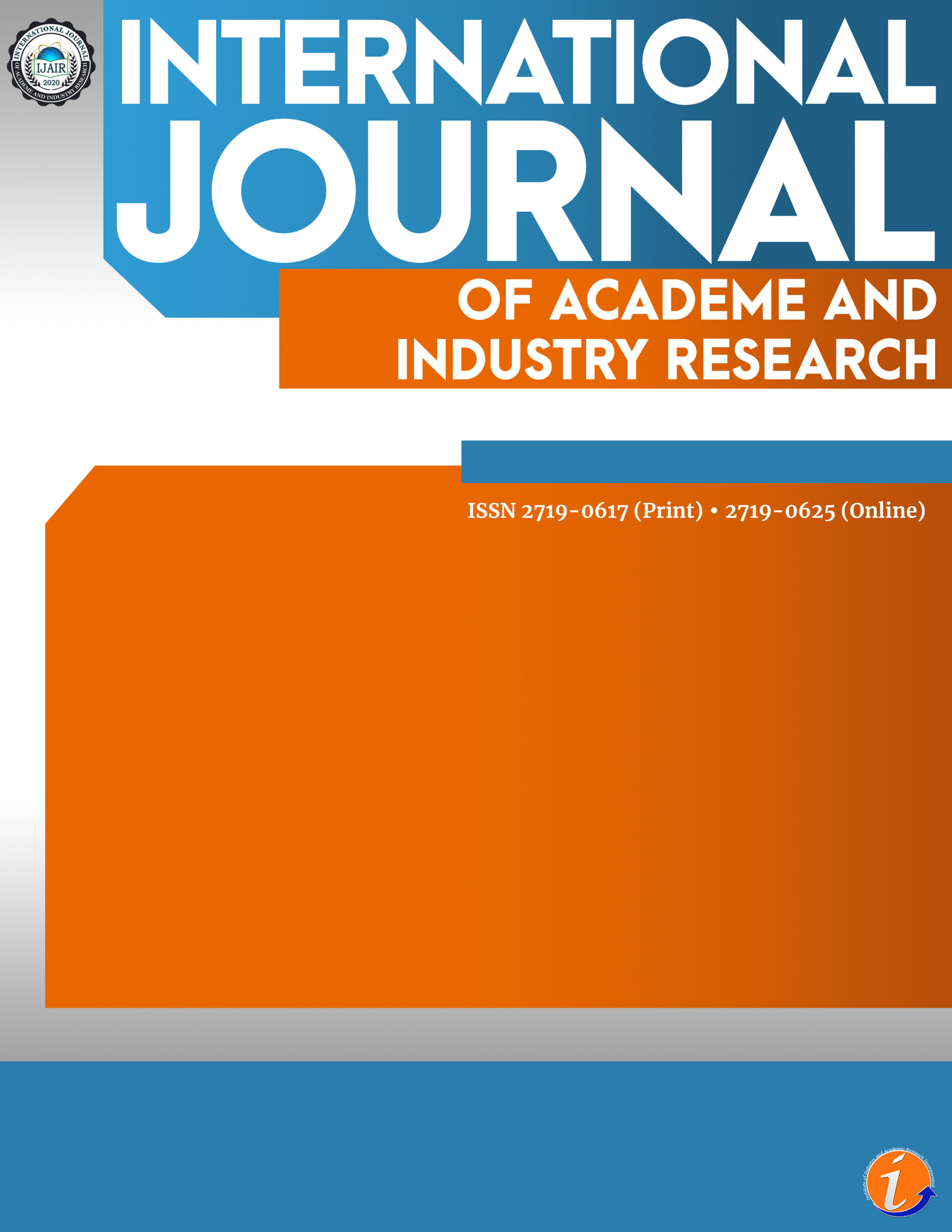Employee motivation and employee productivity remain among the critical areas that are key to the growth of developing countries and organisations. This paper explores employee motivation and productivity in the middle-tier banks in Zambia through connecting the relationship between motivation and productivity and highlights the factors that drive motivation and productivity. The research study was conducted through qualitative research and semi-structured interviews, direct observation and qualitative questionnaires were used as data collection instruments. The emerging theme from the study was competitive remuneration but this has a limited impact. In addition, quality of leadership emerged as the other theme with three sub-themes, which were management style, participative leadership, and balancing work life dynamics. The other themes that emerged were performance management, growth and development and organisational culture. The study has policy implications not only for leaders in the banking sector but also for policymakers in government, as some of the emerging themes could extend into other sectors. The study concludes that there is a strong relationship between employee motivation whether intrinsic or extrinsic and employee productivity in organisations.
motivation, productivity, intrinsic motivation, extrinsic motivation
Louis Mwaba. Corresponding author. MA. Institute of Distance Education (IDE). University of Zambia. Email: louiscmwaba@gmail.com
Javaid Dar. PhD. Department of Economics, Government Degree College, Kokernag, India
"All authors contributed equally to the conception, design, preparation, data gathering and analysis, and manuscript writing. All authors read and approved the final manuscript."
No potential conflict of interest was reported by the author(s).
This work was not supported by any funding.
This study was conducted in accordance with the ethical guidelines set by the University of Zambia Biomedical Research Ethics Committee (UNZABRECS). The conduct of this study has been approved and given relative clearance(s) by the University of Zambia Biomedical Research Ethics Committee (UNZABRECS).
AI tools were not used in writing this paper.
Al-Baidhani, A., and Alsaqqaf, A. (2023). Does Motivation Affect Employees’ Productivity? SSRN Electronic Journal, 1-44, https://doi.org/10.2139/ssrn.4342565
Armstrong, M. & Taylor, S. (2014). Armstrong’s Handbook of Human Resource Management Practice (13th ed.). Kogan Page: London
Bawa, M. A. (2017). Employee motivation and productivity: A review of literature and implications for management practice. International Journal of Economics, Commerce and Management, 12.
Cheng, K. (2015). Public service motivation and job performance in public utilities. The International Journal of Public Sector Management, 28, 352-370.
https://doi.org/10.1108/IJPSM-08-2015-0152
Cowley, E. & Smith, S. (2014). Motivation and mission in the public sector: Evidence from the world values survey. Theory and Decision, 76. https://doi.org/10.1007/s11238-013-9371-6
Ding, Y., & Ma, M.S. (2023). Return-to-office mandates. SSRN. http://dx.doi.org/10.2139/ssrn.4675401
Deogaonkar, A., Bijal Z., and Chandan, V. (2020). Employee performance motivation and performance management system-exploring the pertinence. International Journal of Management,11(3), 8–15. https://ssrn.com/abstract=3567743
Gaya, H. J., & Smith, E. E. (2016). Developing a qualitative single case study in the strategic management realm: An appropriate research design? International Journal of Business Management & Economic Research, 7, 529-538.
Girdwichai, L., & Sriviboon, C. (2020). Employee motivation and performance: Do the work environment and the training matter? Journal of Security and Sustainability Issues, 9, 42-54. http://doi.org/10.9770/jssi.2020.9.J(4)
Government of the Republic of Zambia (2020). National Productivity Policy. Lusaka: Government Printers.
Herzberg, F. (1968). One more time: How do you motivate employees? Harvard Business Review, 46, 53-62.
Kaiser, S., Suess, S., Cohen, R., Mikkelsen, N. E., & Pedersen, R. A. (2022). Working from home: Findings and prospects for further research. German Journal of Human Resource Management. 36(3), 205–212. https://doi.org/10.1177/23970022221106973
Khajeh, E.H.A. (2018). Impact of leadership styles on organizational performance. Journal of Human Resources Management Research, 2018, 1-10. https://doi.org/10.5171/2018.687849
Kuranchie-Mensah, E.B., & Amponsah-Tawiah, K. (2016). Employee motivation and work performance: A comparative study of mining companies in Ghana. Journal of Industrial Engineering and Management JIEM, 9 (2), 255-309. https://doi.org/10.3926/jiem.1530
Lifang, Z., & Ali, D., A. (2024). Exploring the impact of performance management systems and feedback quality on employee motivation: investigating the mediating role of self-efficacy. Revista De Gestão Social E Ambiental, 18(3), e06432. https://doi.org/10.24857/rgsa.v18n3-102
McCusker, K., & Gunaydin, S. (2015). Research using qualitative, quantitative, or mixed methods and choice based on the research. Profusion, 30, 537-542. https://doi.org/10.1177/0267659114559116
Maguire, M., & Delahunt, B. (2017). Doing a thematic analysis: A practical, step-by-step guide for learning and teaching scholars. AISHE-J, 9, 3351.
Marie, R., & Khumalo, N. (2024). Factors that influence the performance management system in the Municipality of KwaZulu-Natal. Cogent Business and Management, 11(1). https://doi.org/10.1080/23311975.2024.2350789
Mullins, L.J. (2016). Management and Organisational Behaviour (11th ed). Harlow: Pearson.
National University. (2024). Thematic Data Analysis in Qualitative Design. https://resources.nu.edu/c.php?g=1013606&p=8395539
Nethi, S. (2020). A literature review on employee motivation. Journal of Engineering Sciences, 11(6), 1247-1255.
Patton, M. (2015) Qualitative Research and Evaluation Methods (4th ed). Sage Publications, Thousand Oaks.
Robbins, S.P, & Judge, T.A. (2024). Organisational Behavior, Global Edition. (19th ed). Pearson: London.
Samanya, B., & Komuhendo, I. (2023). Motivation and employees’ performance in local governments in Uganda; A case study of Kabalore District local government. Journal of Arts and Humanities, 9(1), 11-19.
Sanjeev, M.A., & Surya, A.V. (2016). Two factor theory of motivation and satisfaction: An empirical verification. Annals of Data Science, 3, 155–173. https://doi.org/10.1007/s40745-016-0077-9
Sappe, S., Rante, Y., Tuhumena, R., & Bharanti, E. B. (2016). Effect of leadership on employee’s performance mediated by cultural organization, work commitment and motivation. Journal of Economics and Behavioral Studies, 8(2), 101-107. https://doi.org/10.22610/jebs.v8i2(J).1258
Saunders, M., Lewis, P. & Thornhill, A. (2019). Research Methods for Business Students (8th ed.). Harlow: Pearson.
Shkoler, O., & Kimura T. (2020). How does work motivation impact employees’ investment at work and their job engagement? A moderated-moderation perspective through an international lens. Front. Psychol, 11(38). https://doi.org/10.3389/fpsyg.2020.00038
Stringer, C., Didham, J., & Theivananthampillai, P. (2011). Motivation, pay satisfaction, and job satisfaction of front-line employees. Qualitative Research in Accounting and Management, 8(2), 161-179. https://doi.org/10.1108/11766091111137564
World Bank Group. (2024). Unlocking productivity and economic transformation for better jobs in Zambia. https://www.worldbank.org/en/news/feature/2024/06/10/unlocking-productivity-and-economic-transformation-for-better-jobs-in-afe-zambia
Cite this article:
Mwaba, L. & Dar, J. (2025). Employee motivation and productivity: A case study of Zambia’s selected middle tier banks. International Journal of Academe and Industry Research, 6(2), 78-100. https://doi.org/10.53378/ijair.353203
License:
![]()
This work is licensed under a Creative Commons Attribution (CC BY 4.0) International License.










